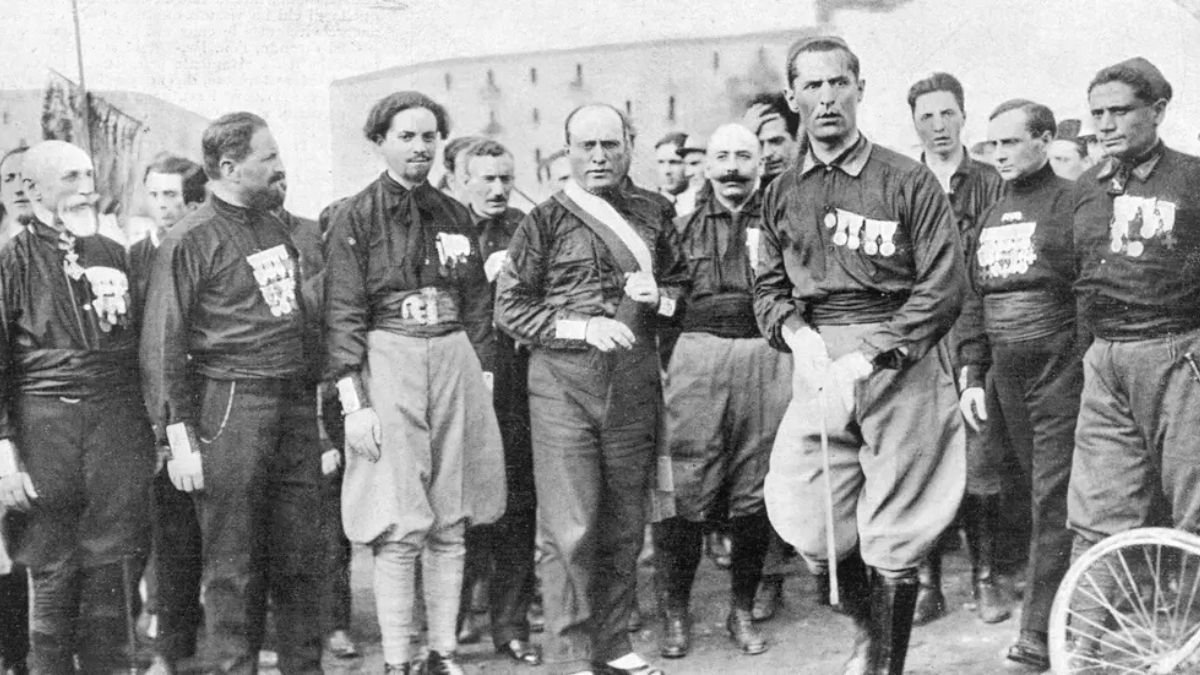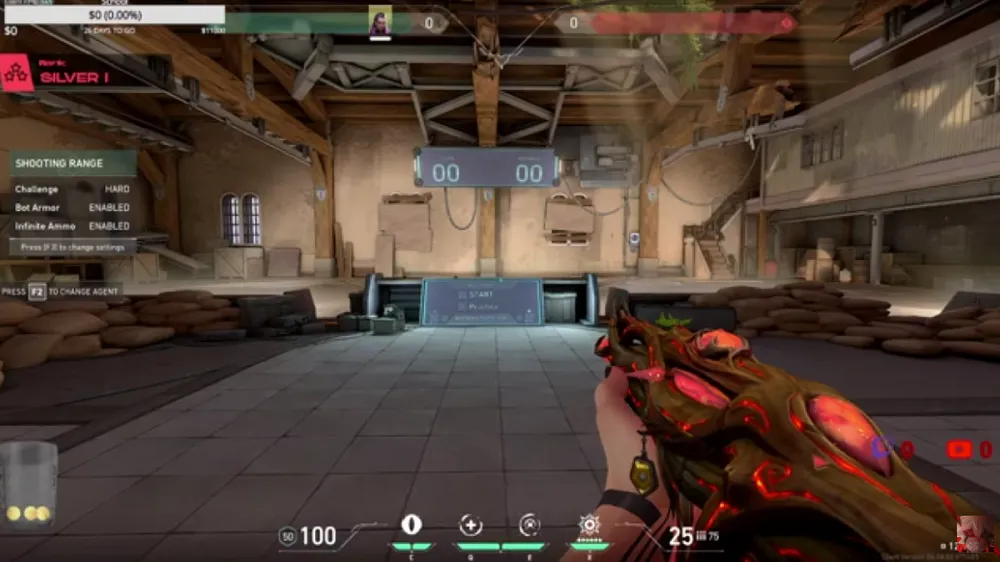The story of fascisterne is one of power, control, and the dangers of unchecked authority. Understanding how this movement rose to prominence helps explain some of the darkest moments in world history. It also sheds light on why elements of this ideology continue to surface in modern politics. This article unpacks their origins, core beliefs, global influence, and the lessons society must hold onto to avoid repeating the past.
Who Were Fascisterne?
The term fascisterne refers to followers of fascism, a political ideology rooted in authoritarian nationalism. Unlike liberal democracy, which values freedom and individual rights, fascism centers on absolute loyalty to the state and its leader. Fascisterne rejected pluralism, silenced opposition, and glorified strength, discipline, and unity.
At its core, fascism promised stability in times of chaos. After World War I, nations like Italy and Germany faced economic collapse, social unrest, and fear of communism. Fascisterne capitalized on this fear, presenting themselves as saviors who could restore national pride. In doing so, they redefined politics and altered the global order.
Historical Background of Fascisterne
The Birth of Fascism in Italy
Fascism first emerged in Italy under Benito Mussolini in 1919. Mussolini, once a socialist, broke from the left and founded a movement that emphasized national revival. His Blackshirts, a paramilitary group, intimidated opponents and projected an image of strength. By 1922, Mussolini and his supporters marched on Rome, seizing control of the Italian government.
The Italian version of fascism glorified the Roman Empire, promising to return Italy to greatness. Through propaganda, strict control of the press, and a cult of personality, Mussolini secured his rule. For many Italians, fascisterne appeared to offer order after years of instability.
Fascisterne in Germany and Spain
In Germany, fascism took on a darker and more radical form. Adolf Hitler’s National Socialist movement combined fascist principles with racial ideology, leading to the horrors of the Holocaust. The Nazi Party drew heavily on fascist strategies—propaganda, militarism, and mass rallies—to gain support.
Spain, under Francisco Franco, also adopted fascist tendencies. Franco’s rule followed the Spanish Civil War and relied on censorship, authoritarian control, and suppression of political rivals. Unlike Germany’s racially driven fascism, Franco’s version emphasized nationalism and Catholic tradition.
The Spread Across Europe
Fascisterne were not confined to these countries. Movements appeared in Hungary, Romania, Denmark, and beyond. Each adapted fascist ideology to local conditions, but the common threads of authoritarianism, ultranationalism, and intolerance remained.
Characteristics of Fascisterne
Fascisterne shared several defining traits that set them apart from other political movements:
- Authoritarian rule – One leader held supreme authority, often above the law.
- Suppression of opposition – Political rivals, unions, and the free press were silenced.
- Militarism – Armies and paramilitary groups played central roles.
- Propaganda and cult of leadership – Leaders were portrayed as heroic figures.
- Nationalism – The movement stressed national unity, often at the expense of minorities.
For example, Mussolini’s regime required loyalty pledges to the state, while Hitler’s Germany indoctrinated youth through the Hitler Youth program.
The Impact of Fascisterne on World History
Role in World War II
Fascisterne were central to the outbreak of World War II. Italy and Germany, allied with Japan, pursued aggressive expansion. Italy invaded Ethiopia, Germany annexed Austria and Czechoslovakia, and both sought domination of Europe. Their ambitions directly challenged global peace, leading to a devastating conflict that claimed tens of millions of lives.
Human Rights Violations
The human cost of fascist rule was staggering. Under Nazi Germany, six million Jews were murdered in the Holocaust. Political opponents, disabled individuals, and minority groups also faced persecution. Italy and Spain witnessed censorship, imprisonment, and executions of dissenters. These atrocities remain stark reminders of how far fascisterne were willing to go to enforce control.
Fascisterne in Modern Times
Neo-Fascist Movements
After World War II, fascism seemed discredited. However, echoes of fascisterne resurfaced in the form of neo-fascist groups. These organizations, often small and radical, seek to revive fascist principles. They exploit economic crises, immigration debates, and social divisions to attract followers.
The Internet and Radicalization
In the digital age, the internet has become a powerful tool for spreading extremist ideologies. Online forums and social media platforms allow groups to share propaganda quickly. Some modern communities adopt fascist symbols, memes, and slogans to recruit new supporters. For instance, researchers have documented how online spaces normalize hate speech and conspiracy theories, echoing past fascist tactics.
Political Debates Around “Fascisterne” Today
The term “fascisterne” is often used in political debates to label authoritarian figures. However, misuse of the word dilutes its meaning. True fascism involves specific traits: suppression of democracy, extreme nationalism, and violence against opposition. Recognizing this distinction ensures we don’t trivialize the historical suffering caused by fascisterne.
How to Recognize Fascisterne in Society
Spotting fascist tendencies early is crucial. Warning signs include:
- Hostility toward free media
- Vilification of minorities
- Calls for absolute loyalty to one leader
- Glorification of violence or war
Symbols often play a role as well. Uniforms, salutes, and slogans can act as rallying points. Just as Mussolini’s followers used the fasces symbol, modern groups recycle historical imagery to create identity.
Combating the Influence of Fascisterne
Education and Awareness
History education plays a vital role in preventing extremism. Students who learn about fascisterne understand the dangers of authoritarianism. Countries like Germany require Holocaust education to ensure future generations remember the consequences.
Media Literacy
In today’s information age, propaganda doesn’t come only through newspapers or radio. Social media spreads misinformation at lightning speed. By teaching media literacy—how to analyze sources, question narratives, and detect manipulation—we reduce the chances of fascist ideas taking hold.
Building Democratic Resilience
Strong democratic institutions act as safeguards. When courts remain independent, free press thrives, and citizens participate actively, fascisterne find less room to grow. Civic engagement, tolerance, and inclusion form the antidote to authoritarian tendencies.
Case Study: Denmark and Fascisterne
Although Denmark is often remembered for its resistance during World War II, fascist groups also operated there. The Danish National Socialist Workers’ Party mirrored German ideology, though it never gained large-scale power. This case illustrates how fascisterne attempted to expand influence even in smaller nations.
Frequently Asked Questions About Fascisterne
What does “fascisterne” mean in English?
It translates to “the fascists,” referring to adherents of fascism.
How did fascisterne rise to power?
They exploited economic crises, fear of communism, and national humiliation after World War I.
Are fascisterne still active today?
While the original movements ended, neo-fascist groups continue to exist in several countries.
What’s the difference between fascism and Nazism?
Nazism was a form of fascism but added a strong racial ideology centered on anti-Semitism.
Conclusion – The Legacy of Fascisterne
The rise and fall of fascisterne offer timeless lessons. They show how fear, uncertainty, and manipulation can lead societies into darkness. They remind us that democracy, freedom, and human dignity require constant defense.
Today, while the original regimes are gone, the ideology hasn’t vanished completely. By recognizing the warning signs, promoting education, and strengthening democratic institutions, we ensure that history doesn’t repeat itself. Fascisterne left scars on the 20th century, but those scars can serve as warnings to guide future generations.











Leave a Reply